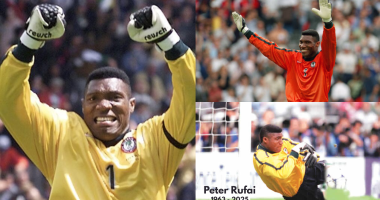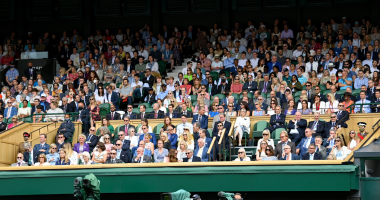- Manolo Santana was a pioneering figure in Spanish tennis, known for his Wimbledon Champion in 1966, learned about the cause of death.
- His achievements inspired a generation of players and helped popularize tennis in Spain.
- Santana’s personal life included multiple marriages, with Claudia Rodríguez being his last wife.
- His death in 2021 was a significant loss for the tennis community, reflecting his impact on the sport.
Manolo Santana, a name synonymous with Spanish tennis, transcended the sport to become a cultural icon. His remarkable journey from a humble background to the pinnacle of tennis is not just a story of personal triumph but a narrative that reshaped the landscape of tennis in Spain. As the first Spaniard to win Wimbledon, Santana’s legacy continues to inspire generations of players and fans alike.

Manolo Santana: A Tennis Pioneer
Born on May 10, 1938, in Madrid, Santana’s early life was marked by challenges, including the political turmoil of Franco’s Spain. His passion for tennis blossomed as he worked as a ball boy at the Club Tenis de Velázquez, where his natural talent began to shine. By the 1960s, Santana had established himself as a formidable player, clinching four major titles, including the French Open in 1961 and 1964, the U.S. Championships in 1965, and the prestigious Wimbledon title in 1966. His victory at Wimbledon was particularly transformative, as it broke the barriers of class and accessibility in a sport often reserved for the elite. This win catalyzed a tennis boom in Spain, inspiring future stars like Rafael Nadal and Conchita Martínez.
Santana’s playing style was characterized by its elegance and power, making him a beloved figure in the sport. His achievements not only elevated his status but also laid the groundwork for Spain’s emergence as a tennis powerhouse. His influence extended beyond the court, as he became a mentor and role model for aspiring athletes, proving that dedication and talent could overcome socio-economic barriers.
The Circumstances of His Death
Manolo Santana passed away on December 11, 2021, at the age of 83 in Marbella, where he had lived for many years. While the official cause of death was not disclosed, reports indicated that he had suffered a heart attack and had been battling Parkinson’s disease in his later years. His passing was met with an outpouring of grief from the tennis community, including heartfelt tributes from fellow players and public figures. Rafael Nadal expressed his gratitude for Santana’s contributions, stating that he had paved the way for many Spanish tennis players. Spanish King Felipe VI and Prime Minister Pedro Sánchez also honored Santana’s legacy, recognizing him as a national treasure who brought pride to Spain.
Claudia Rodriguez, la mujer de Manolo Santana, responde a los ataques de Mila Ximénez al tenista: “Ha vivido de él toda su vida” https://t.co/WLdouMaJKX pic.twitter.com/dEI6YvQW7I
— exclusiva digital (@exclusivadg) January 9, 2021
Personal Life and MarriagesZ
Throughout his life, Manolo Santana experienced several significant relationships. He was first married to María Fernanda González-Dopeso in 1963, with whom he had three children. Their marriage ended in 1980. Santana later married journalist Mila Ximénez in 1983, but this union also ended in divorce in 1986. He had another marriage to Otti Glanzelius from 1990 to 2008. In 2013, he married Claudia Rodríguez in a private ceremony, marking a new chapter in his personal life. Santana’s family included not only his children from his first marriage but also a daughter from an extramarital relationship, adding complexity to his family dynamics.
FAQs
Q: What were Manolo Santana’s major achievements?
A: Santana won four Grand Slam titles: two French Opens, one U.S. Championships, and one Wimbledon.
Q: Was Manolo Santana involved in coaching after his playing career?
A: Yes, he continued to influence the sport through coaching and managing a tennis club in Marbella.
Q: How did Santana’s background influence his career?
A: Coming from a working-class family, Santana’s rise in tennis challenged the class barriers in the sport, making him a symbol of hope for many.
See Also | Ustaz Jalaluddin Hassan Death Cause: Remembering Amtas Vice-President And His Legacy
Last Updated on August 22, 2024 by 247 News Around The World










